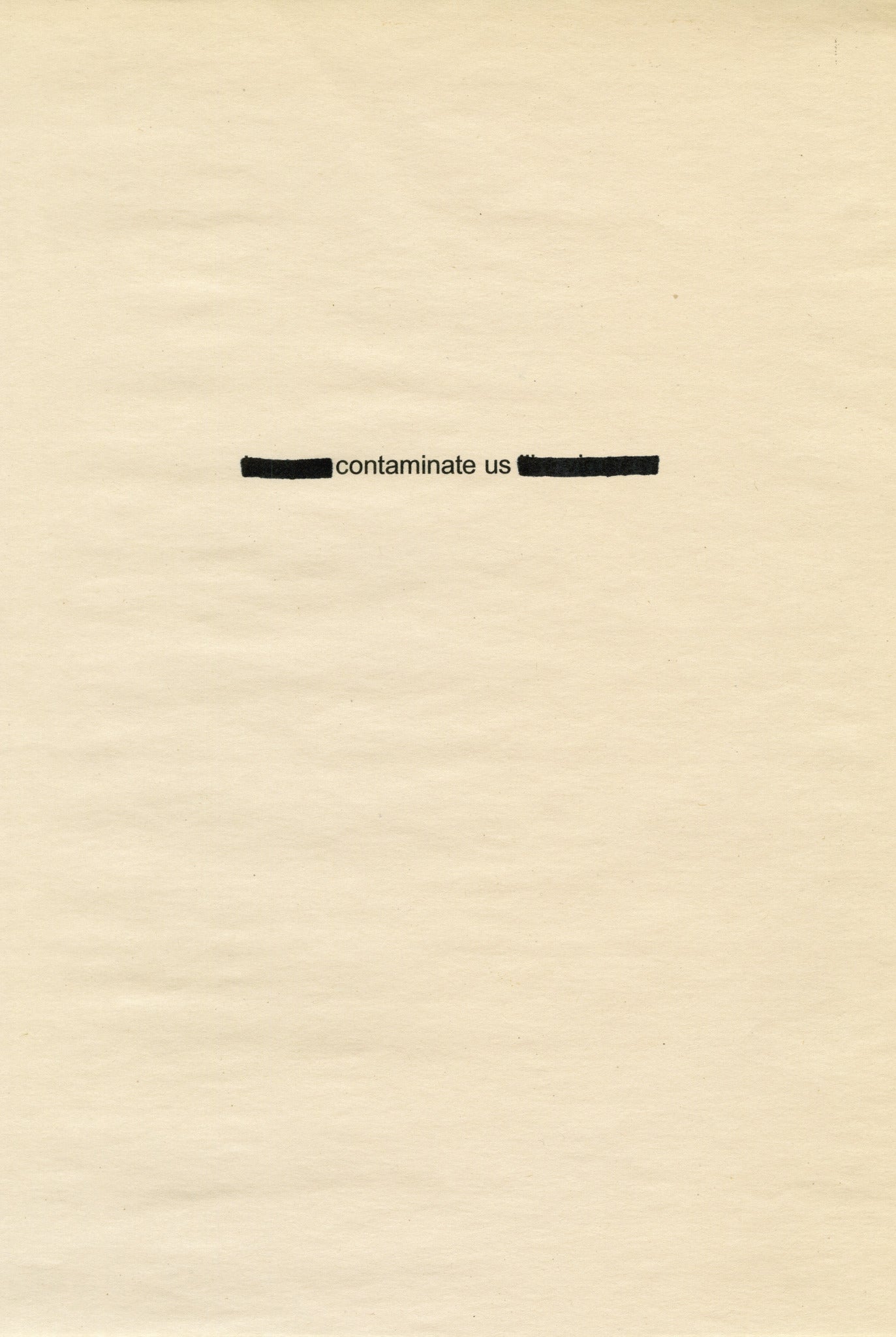Juan Capistran: What We Want, What We Believe: Towards A Higher Fidelity

Work by Juan Capistran.
Los Angeles-based artist Juan Capistran considers his art practice to be a form of visual “bootlegging.” Inspired by the practice of illicitly recording and distributing music, Capistran takes canonical artworks and transforms them through literary and music references. In What We Want, What We Believe: Towards A Higher Fidelity, his process yields visual anthems of resistance that speak to the political realities of marginalized communities in the United States. Finding inspiration in Black radical activism and the dogged determination of mythological figures, Capistran creates artworks that invoke parallels to the Black and Latino experiences by repurposing the aesthetics of significant minimalist and conceptual artists.
What We Want, What We Believe: Towards A Higher Fidelity is co-sponsored by John L. Warfield Center for African and African American Studies, the Department of Art and Art History, the Center for Art of Africa and its Diasporas (CAAD), and the Center for Latin American Visual Studies (CLAVIS). The exhibition is curated by Rose G. Salseda.
Bio
Juan Capistran is a multimedia artist, born in Guadalajara, Mexico and currently living and working in Los Angeles. He earned a BFA from Otis College of Art and Design in 1999 and an MFA from the University of California at Irvine in 2002. His work has been exhibited nationally and internationally, including at the Bronx Museum, Los Angeles County Museum of Art, Museum of Contemporary Art Denver, Museo Rufino Tamayo in Mexico City, and 12th Istanbul Biennial among many others.
About the Curator
Curator Rose G. Salseda is a PhD candidate in Art History at The University of Texas at Austin. She researches modern and contemporary art, with an emphasis on the parallel and intersecting histories of Latino and African-American artists. Her dissertation, The Visual Art Legacy of the 1992 Los Angeles Riots, includes an in-depth look at artworks by Adrian Piper, Chris Burden, Nick Cave, and Juan Capistran that were inspired by one of the largest uprisings in US history.




